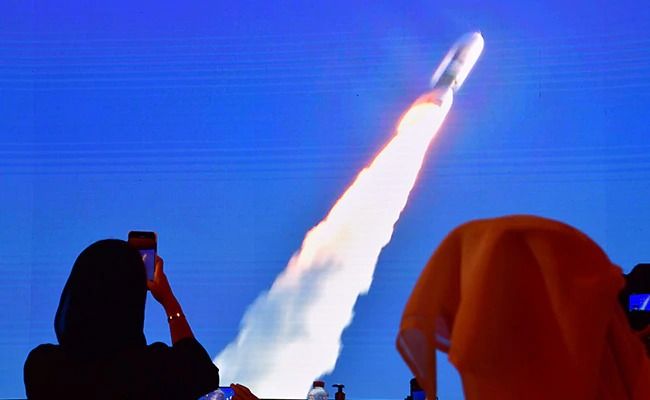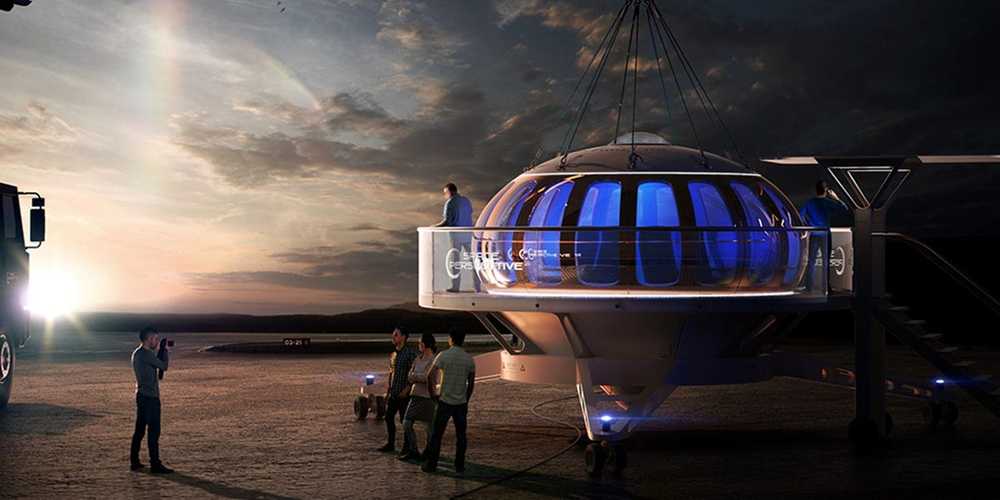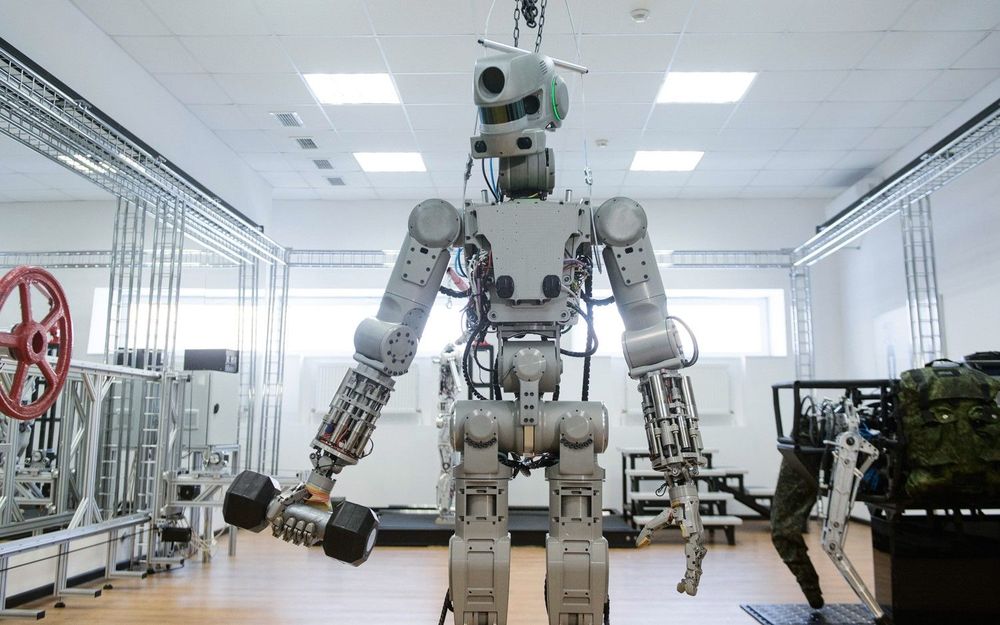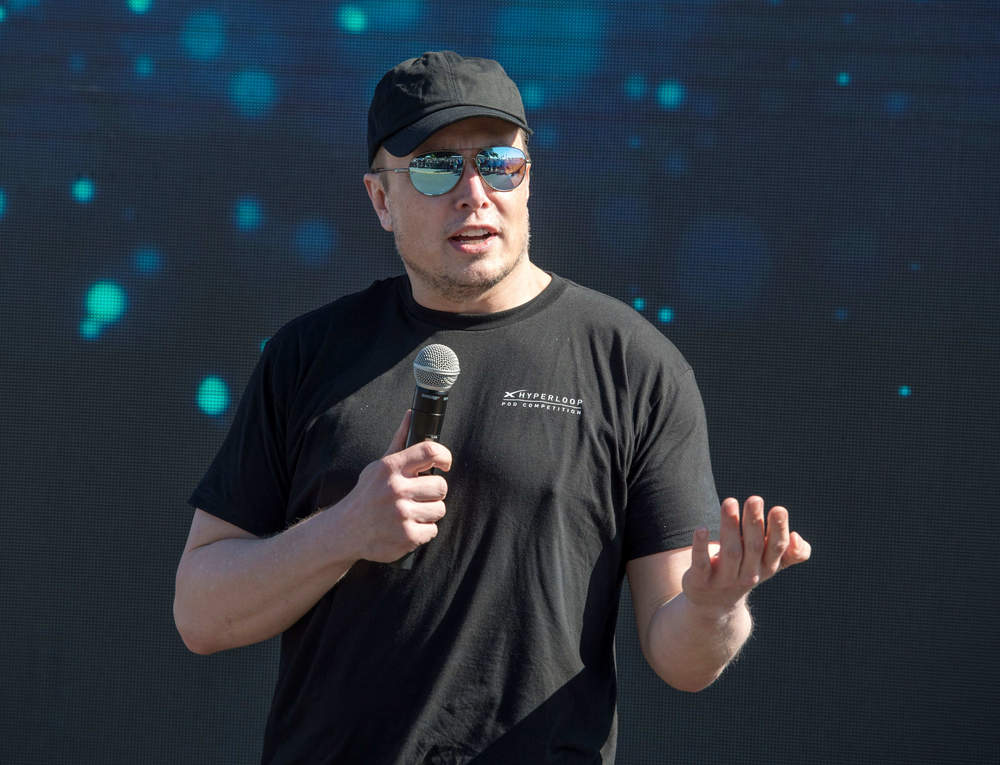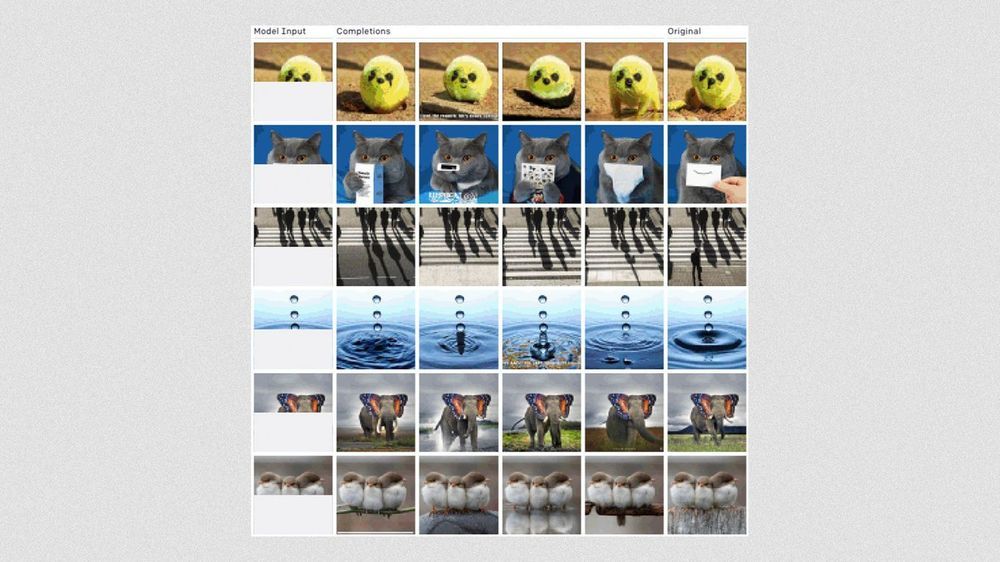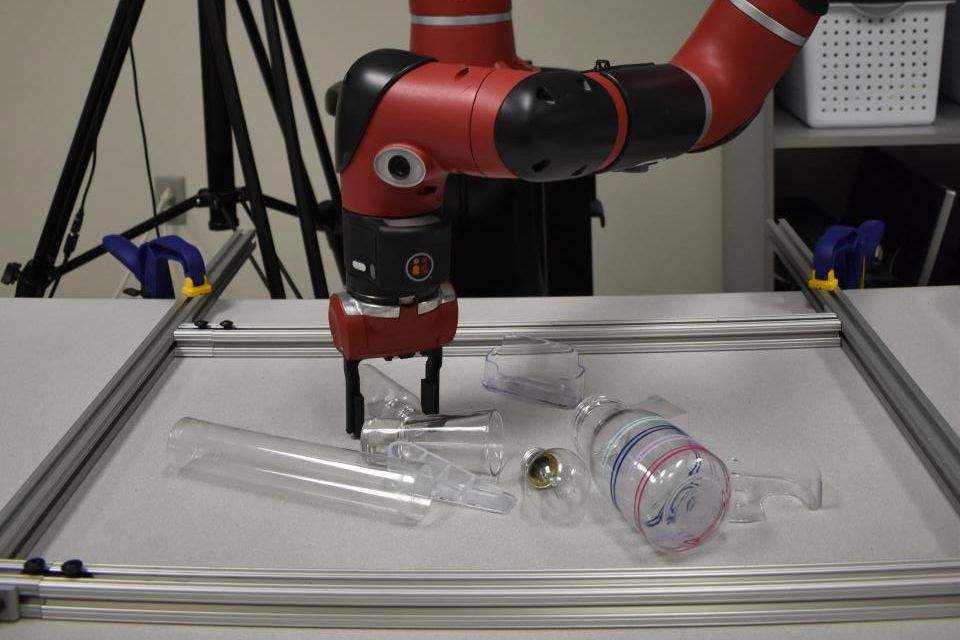The first Arab space mission to Mars, an unmanned probe dubbed “Hope”, blasted off from Japan on Monday, in a bid to reveal more about the atmosphere of the Red Planet.
The Japanese rocket carrying the probe developed by the United Arab Emirates (UAE) lifted off from the Tanegashima Space Centre in southern Japan right on schedule at 6:58 am local time (2158 GMT Sunday).
The launch of the probe, known as “Al-Amal” in Arabic, had twice been delayed because of bad weather, but the Monday liftoff appeared smooth and successful.
